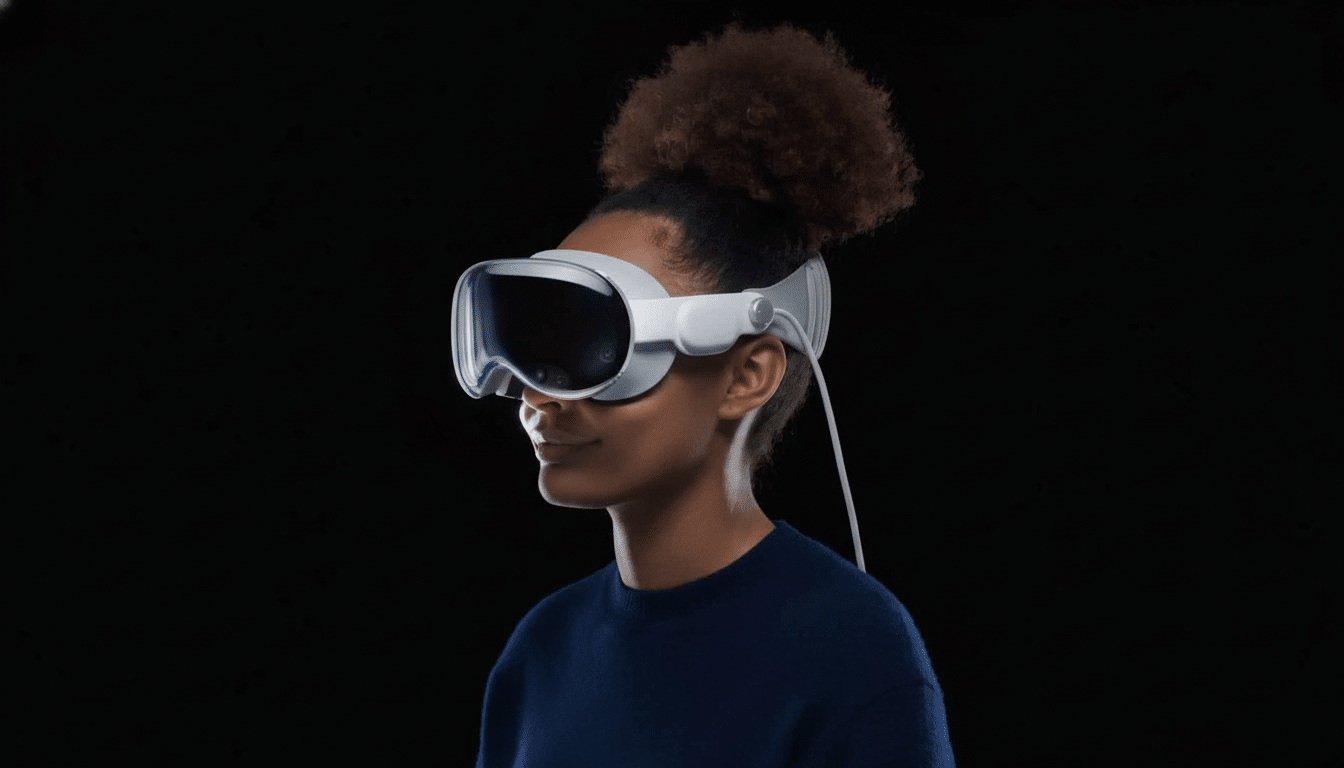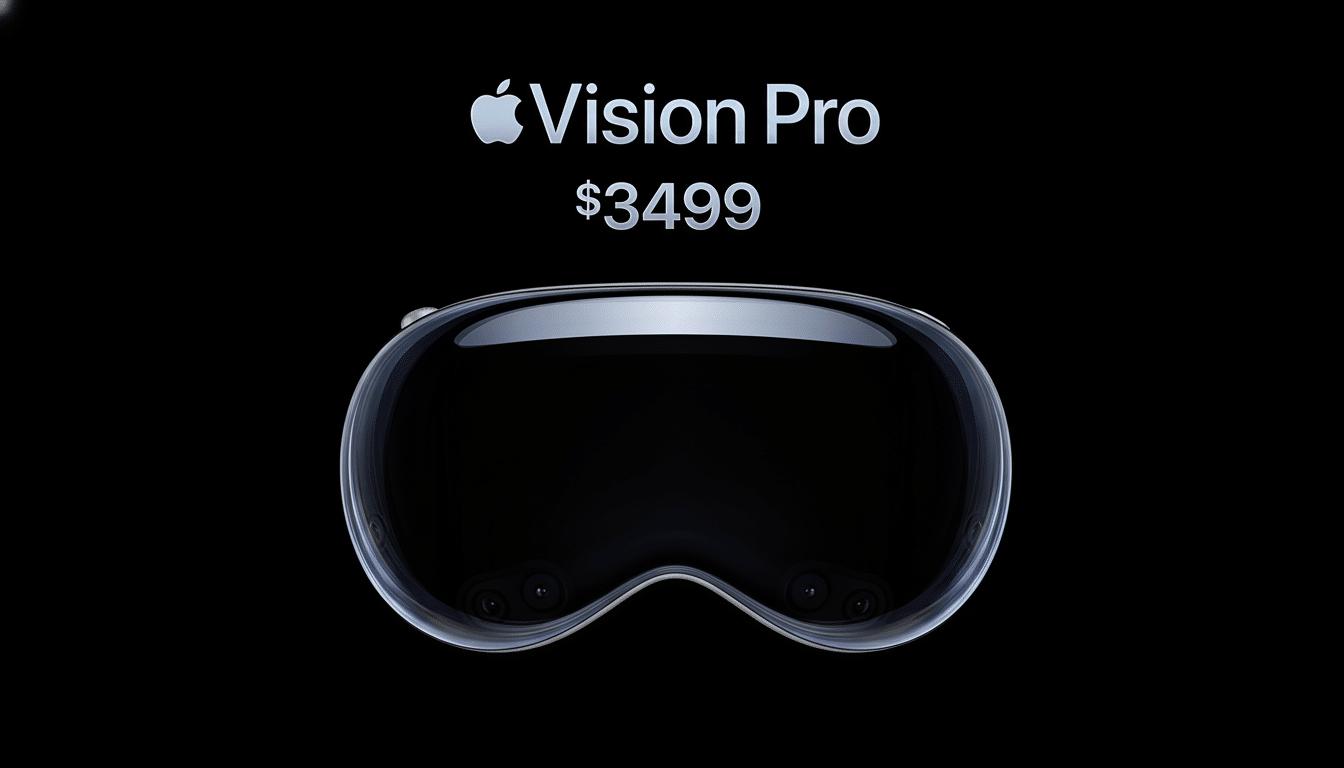Apple is introducing a slate of NBA games to its spatial headset in a format that’s supposed to make you feel like you’re sitting courtside. Starting with a lineup of Los Angeles Lakers games, Apple Immersive Video will bring basketball to fans in a way no traditional broadcast can — not just a viewing window around you, but audio that makes you feel as if you were sitting inside the arena. A schedule will be announced later in the year, and the first immersive stream is expected in early 2026.
What Immersive Basketball Looks Like on Apple Vision Pro
Apple Immersive Video is recorded at 180-degree 3D at high resolution and theoretically paired with spatial audio. On Vision Pro’s micro‑OLED displays — with 23 million pixels each — those courtside cameras create parallax, depth and scale that feel real. The effect is more than just a wider field of view; it’s the feeling of sitting on the hardwood, players cutting across your depth plane rather than gliding back and forth across a flat screen.

Anticipate perspectives that seldom see the light of day in a linear broadcast: seats near the bench for huddles, baseline views when teams attack, and vantage points that emphasize verticality at the rim. Apple’s eye‑tracking and hand‑gesture interface also encourages you to look at a stats panel or a replay within the environment (without flipping your vision), which is an important human-factors benefit in subjecting your eyes to extended periods of viewing.
Production Technology Behind the Courtside Experience
The league and its partners will rely on Blackmagic Design’s URSA Cine Immersive Live camera system — developed according to Apple’s specifications for stereoscopic content capture — in creating these games. Unlike with traditional broadcast rigs, these cameras put an emphasis on interocular alignment, lens matching and stability — all to reduce discomfort for viewers while preserving depth cues that make the action seem present-tense. Apple has already tested the workflow with short‑form sports pieces — like immersive coverage of NBA All‑Star Weekend — before expanding to full games.
The pipeline is built to capture and serve at high frame rates, bitrates and quality levels and then tuned for Vision Pro’s rendering process so that the picture remains clear during fast motion — crucial when tracking a ball moving at NBA speeds. Production crews may strike a balance between intimacy and safety, positioning rigs where they can communicate presence without intruding on play.
Where and how to watch Lakers immersive NBA games
Lakers games in the sleazy, lo-fi presentation we all know and love supposedly will be available to people inside the team’s regional broadcast territory (meaning Southern California, Hawaii and parts of southern Nevada including Las Vegas) on that new Spectrum SportsNet app thing. Access Sling TV with Vision Pro running visionOS 26 or later, and a qualifying Spectrum subscription (Spectrum Internet Service, Spectrum SportsNet).

In addition to the real-time streams, full game replays and condensed games will be accessible to Vision Pro subscribers through select regional and national SportsNet apps in participating regions and NBA apps in certain countries. Live and replay traditional telecasts are available to Spectrum subscribers through the Spectrum TV app, and NBA League Pass also has live and replay games through the NBA app with blackout restrictions.
Why The N.B.A. Is Testing Spatial Video for Broadcasts
This is a rollout at the intersection of changing media habits and mature capture tech. Research firms including IDC have also forecast a rebound in AR/VR headset shipments starting in 2021, with new premium devices among the drivers, and next‑gen formats coming to market will accelerate tools for a deeper NBA fan viewing experience. Spatial video gives the league a premium, differentiated product without asking fans to pick between linear and streaming — it’s additive, not replacement.
For regional sports networks that must navigate a turbulent rights landscape, these experiments can also function as a retention tool. Sports Business Journal detailed the RSN pivot to direct‑to‑consumer apps; providing a marquee property like the Lakers in an immersive fashion might drive more subscription sales and limit churn, especially among higher-value local fans.
What to watch for as spatial NBA streaming rolls out
The big questions now are: if immersive production will extend beyond the Lakers, how often specialized cameras can be deployed with minimal disruption, and what in‑environment features are most impactful. Look for small‑scale updates like live score overlays, optional audio commentary, and social co‑watching features that maintain our feelings of togetherness without fabricating the scene.
If the initial games can maintain comfort and fidelity over the course of full broadcasts — a higher bar than clip highlights set — spatial viewing of N.B.A. games might go from novelty to habit. The league’s history with tech pilots points to a gradual rollout: making the inventory scarce, having good teams and focusing on quality. For those with a Vision Pro, this season’s tests are a look at what could become of premium basketball viewing: closer, clearer, and more immersive than even a living‑room TV.

